Dr. Hande Ulusal, a leading dermatologist, discusses the increasing demand for non-surgical rhinoplasty, known as the non-surgical nose job, which offers patients a natural, minimally invasive alternative with little recovery time.
The demand for non-surgical aesthetic treatments has risen dramatically over the past few years, as more people seek natural, youthful enhancements without undergoing invasive surgery. Dr. Hande Ulusal, an expert in dermatology and non-surgical aesthetics, explains the effectiveness of treatments such as lip fillers, pigmentation correction, and laser skin rejuvenation.
This growing trend reflects society’s shift towards treatments that provide quick, visible results with minimal downtime. Research published by the PMFA Journal indicates that non-surgical facial rejuvenation has experienced rapid growth over the last two to three decades, catering to patients who want fast, effective results that fit into their busy lives. The UK’s non-surgical aesthetic market is currently valued at approximately £3.6 billion per year.
Non-Surgical Rhinoplasty’s Increasing Appeal
Non-surgical rhinoplasty, or the non-surgical nose job, has quickly become one of the most popular non-surgical treatments, offering a quick solution for patients wanting to reshape their nose without surgery. Common procedures include nasal bridge corrections and tip lifts, which allow for minimal recovery time and are less expensive than traditional rhinoplasty. Lip fillers are also widely sought after, particularly among younger individuals looking for natural, fuller lips with added hydration.
Laser skin rejuvenation has also seen significant demand, with its ability to stimulate collagen, reduce fine lines, and firm the skin. Advances in laser technology allow for personalised treatments that address signs of ageing, offering effective results that promote skin renewal. Pigmentation treatments, including laser therapy and chemical peels, are highly effective in addressing sun damage and ageing, providing long-lasting results.
Importance of Qualified Practitioners for Non-Surgical Nose Jobs
Dr. Hande Ulusal stresses the importance of selecting qualified professionals for non-surgical procedures. “While treatments like non-surgical rhinoplasty do not involve invasive procedures, they should only be performed by qualified professionals. Proper training and experience are essential to achieving the best results and avoiding health risks in non-surgical nose jobs,” she advises.
Non-surgical treatments provide an accessible, effective way for patients to achieve natural, youthful results without the need for surgery.


